MoMA protests against Trump – with Swiss artist
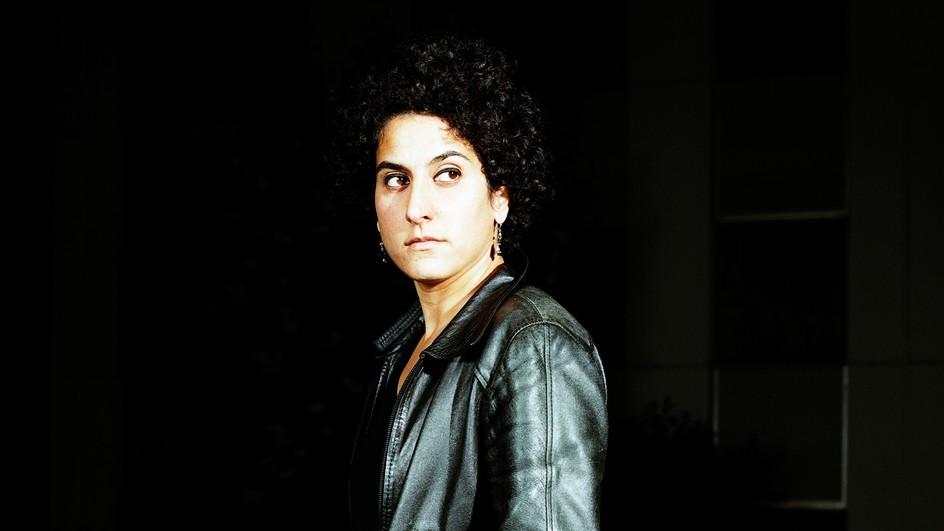
The Museum of Modern Art in New York is taking a stand against the ban on citizens from seven mainly Muslim countries entering the United States, issued by new US president Donald Trump. Among those featured in the protest show is the Iranian-Swiss artist Shirana Shahbazi.
Trump’s executive order, issued on January 27, was later suspended by a court ruling. A court appeal to reinstate the ban has failed, leading to fury in the Trump camp.
The renowned MoMAExternal link has been showing eight works by artists from Iran, Iraq and Sudan in its permanent collection – in the place of works by artists such as Picasso, Matisse and other western artists – since last week. Among those on display is a piece by Shirana ShahbaziExternal link. The Swiss photographer of Iranian origin lives and works in Zurich. She spoke to Swiss public television, SRF
SRF: How did you find out that MoMA was using one of your works to protest against the Trump entry ban?
Shirana Shahbazi: A friend sent me a link to a New York Times articleExternal link on the subject.
SRF: You of course don’t mind if your work is used in this political context?
S.S.: I fully support what they have done, so I haven’t even really thought about it. But this work no longer belongs to me. MoMA is allowed to put it on display without telling me.
SRF: What kind of work is it?
S.S.: I also only know which one it is from the New York Times. It features three coloured balls, blue, red and yellow, on a black background. It is a stylised still life. It is a great photograph, somewhere in between the abstract and a figurative representation.
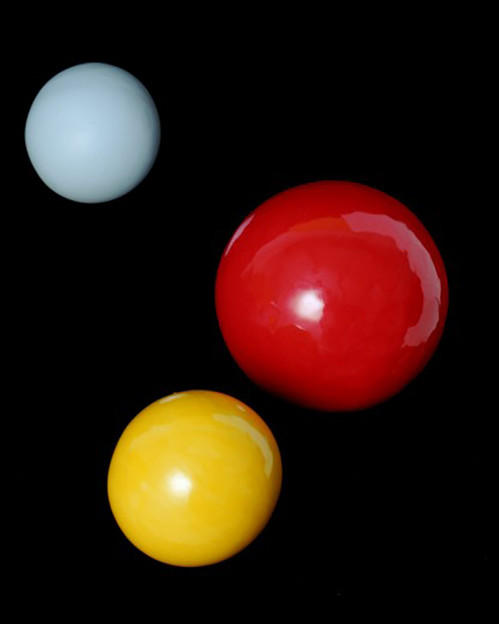
SRF: As a Swiss, of Iranian origin and with a German passport, your works are often considered political. How political do you want your work to be perceived?
S.S.: This is a tiresome topic for me. Personally, I am interested in politics, but as an artist, I started early on to keep a certain distance in my work, because there is always this automatic thought: “let’s talk to the Iranian about the political situation”. But even with this work, which was never intended to be political, I am happy to make a political statement.
SRF: There is a lot of protest against Trump in artistic circles in the US. Is it having any effect?
S.S.: This is a fairly pointless question. I am happy that I can do my part from afar. It’s very precious for me that this work is being displayed in MoMA. As a sign, a commentary, or whatever.
I am convinced that protests on all levels are important. It would be wrong to think that it doesn’t make any difference, so let’s not do anything. I am happy that I can, in this passive way, be a part of it.
SRF: If MoMA were to ask you next time which of your pictures it should show, what would you choose?
S.S.: What I want to say through a particular picture isn’t important in this context. It’s solely about how I, like many others, were affected by the decree.
Trump’s ban is also not meant to be specific. It doesn’t target anyone in particular, but everyone collectively. But who is then everyone collectively? That’s the question.
Translated from German by Isobel Leybold-Johnson

In compliance with the JTI standards
More: SWI swissinfo.ch certified by the Journalism Trust Initiative
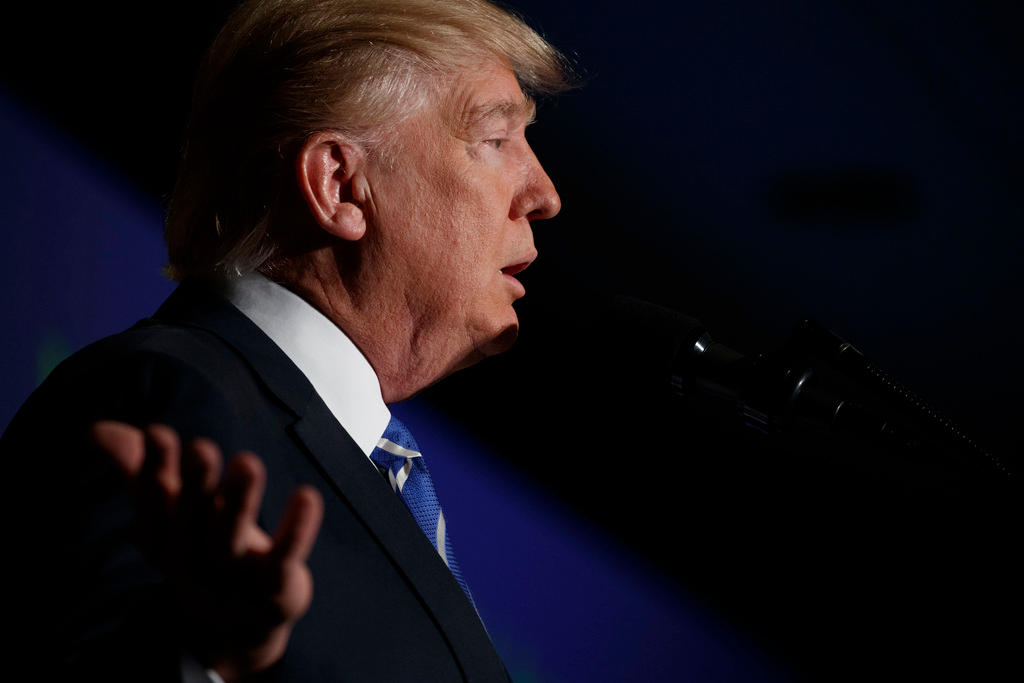
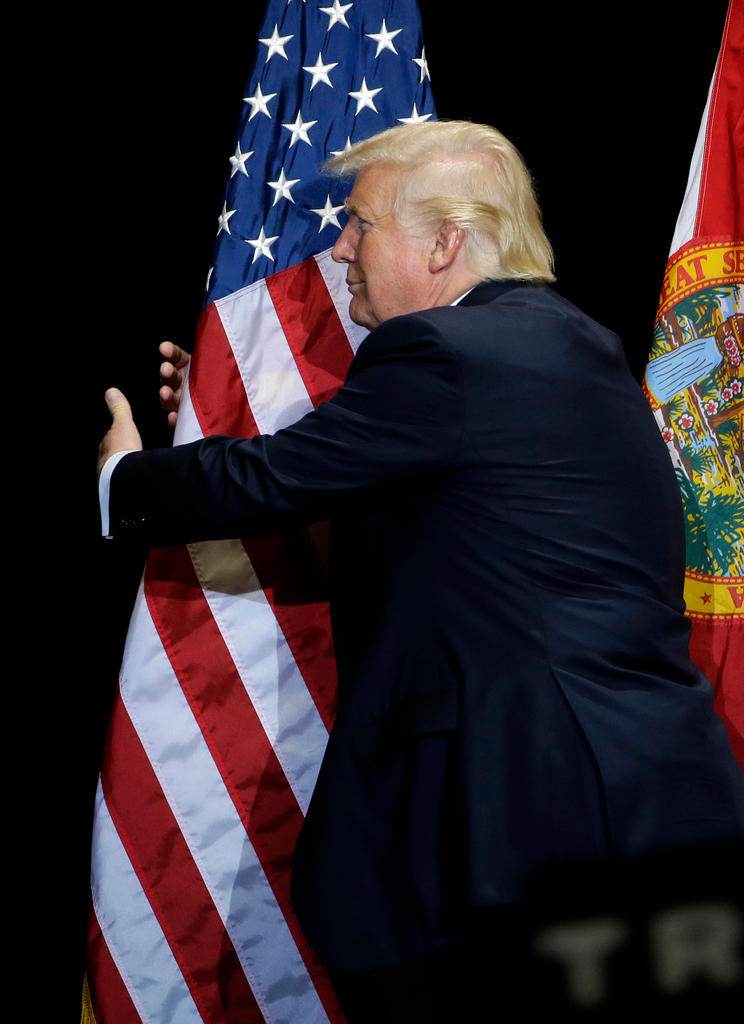
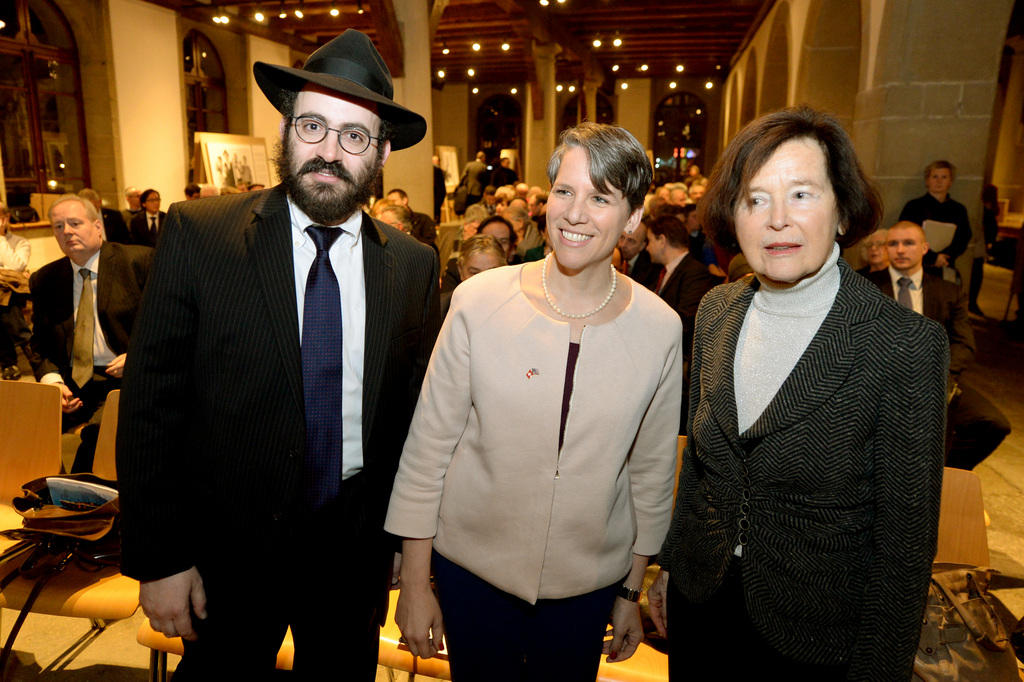
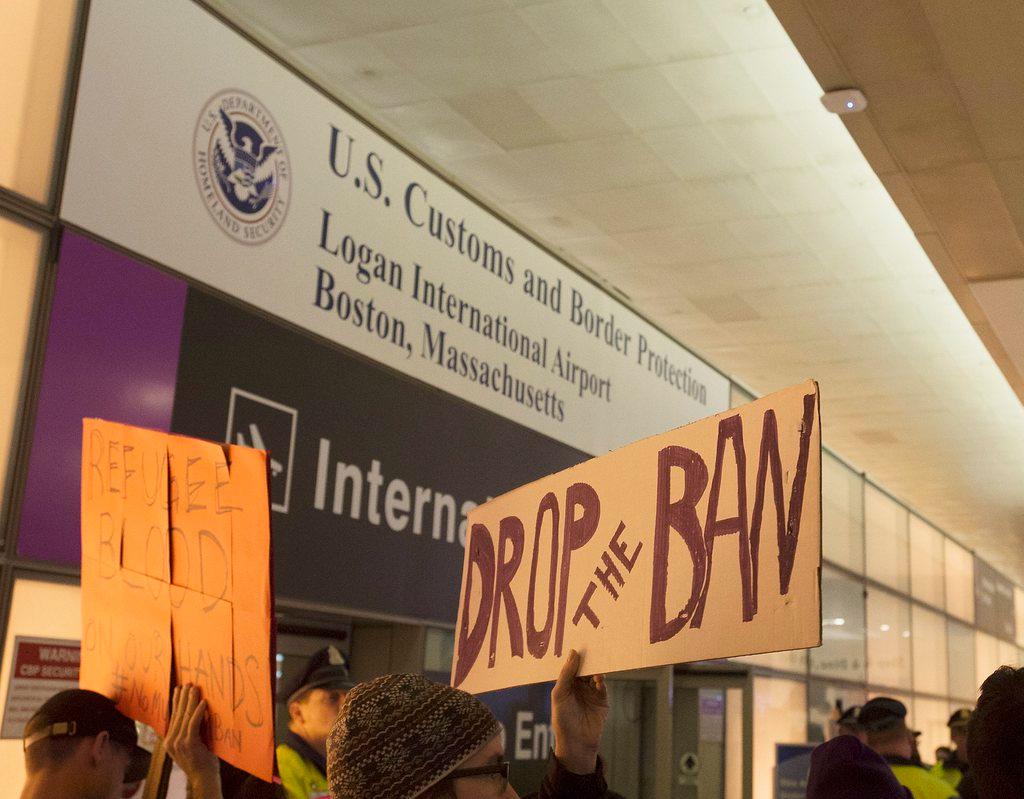
You can find an overview of ongoing debates with our journalists here. Please join us!
If you want to start a conversation about a topic raised in this article or want to report factual errors, email us at english@swissinfo.ch.